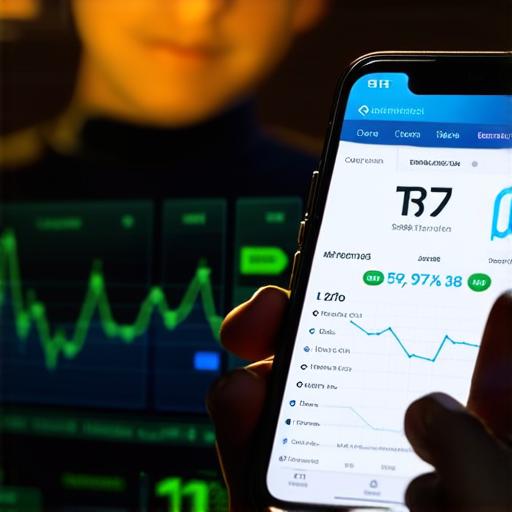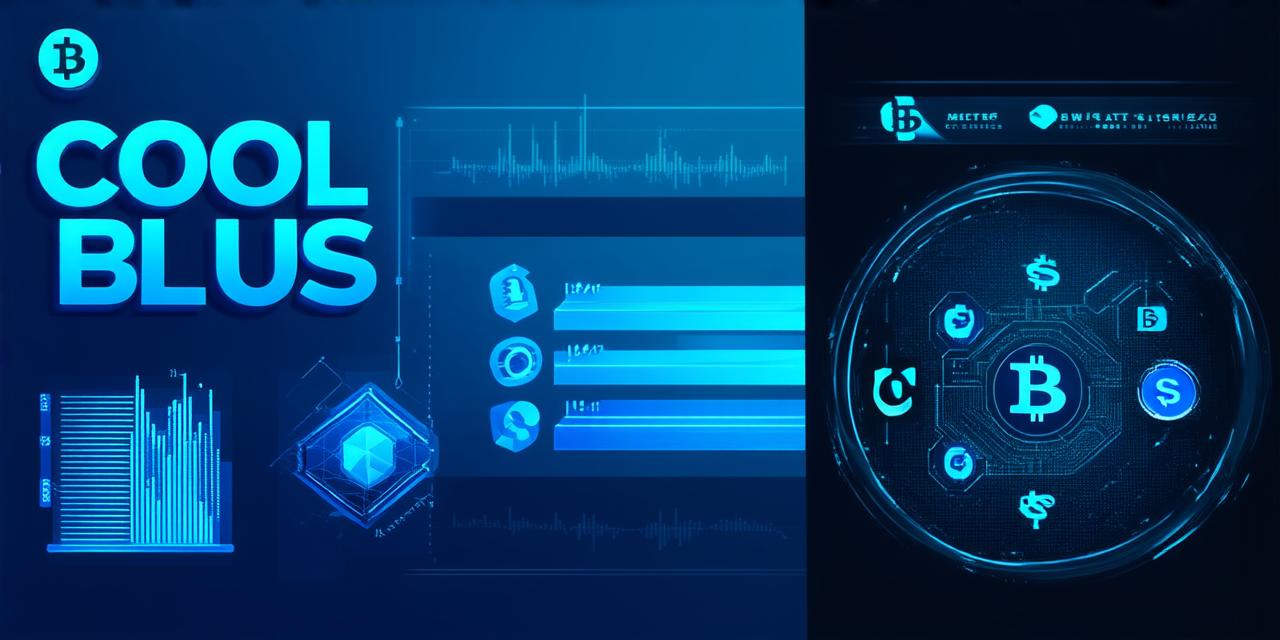What are Cryptocurrencies?
Before we dive into the process of purchasing cryptocurrency, let’s first understand what it is. Cryptocurrency is a digital currency that uses encryption techniques to secure transactions and control the creation of new units. It is decentralized, meaning it is not controlled by any central authority such as a bank or government. Bitcoin, Ethereum, and Ripple are some of the most well-known cryptocurrencies.
Types of Cryptocurrency Exchanges
There are several types of cryptocurrency exchanges that you can use to purchase cryptocurrency. The most common types are centralized exchanges and decentralized exchanges.
Centralized Exchanges
Centralized exchanges are the most popular type of exchange and allow users to purchase, sell and trade cryptocurrencies using fiat currency such as USD, EUR, or GBP. Centralized exchanges are run by a central authority that holds users’ funds in escrow until the transaction is completed. Some examples of centralized exchanges include Coinbase, Binance, and Kraken.
Decentralized Exchanges
Decentralized exchanges (DEXs) are decentralized platforms that allow users to trade cryptocurrencies without relying on a central authority. DEXs use smart contracts to automate trades, making them more secure and faster than traditional centralized exchanges. Some examples of DEXs include Uniswap, Sushiswap, and 0x.
Security Measures for Cryptocurrency Purchases
When purchasing cryptocurrency, it is important to take security measures to protect your funds. Here are some best practices that you should follow:
- Use a Strong Password and Two-Factor Authentication (2FA)
- Store Your Funds in a Cold Wallet
- Use a Virtual Private Network (VPN) When Trading on an Exchange
- Keep Your Software Up-to-Date
When creating an account on an exchange, make sure to use a strong password that includes letters, numbers, and symbols. It is also important to enable 2FA, which requires users to provide an additional authentication method such as a code sent to their phone or email before accessing their account.
A cold wallet is a hardware device that allows you to store your cryptocurrency offline, making it more secure than keeping your funds on an exchange. There are two types of cold wallets: hardware wallets and paper wallets. Hardware wallets are the most secure option as they use encryption to protect your funds, while paper wallets are less secure as they require you to write down your private key and keep it in a safe place.
When trading on an exchange, it is important to use a virtual private network (VPN) to mask your IP address and location. This helps to prevent hackers from tracking your activities and stealing your funds.
Make sure to keep the software that you use to purchase cryptocurrency up-to-date with the latest security patches and updates. Outdated software can contain vulnerabilities that hackers can exploit to steal your funds.
The Process of Purchasing Cryptocurrency
Now that we have covered the different types of exchanges and security measures let’s look at the process of purchasing cryptocurrency. Here are the steps you should follow:
- Choose an Exchange
- Verify Your Account
- Fund Your Account
- Choose Your Cryptocurrency
- Place Your Order
- Confirm Your Order
- Wait for Your Purchase to Be Filled
- Receive Your Cryptocurrency
Choose an exchange that suits your needs and preferences. Consider factors such as fees, trading pairs, and user experience when making your decision.
After signing up for an account on an exchange, you will need to verify your identity. This is typically done by providing personal information such as your name, address, and date of birth. Some exchanges may also require additional verification steps such as a KYC (know your customer) check or proof of identity documents.

To purchase cryptocurrency on an exchange, you will need to fund your account with fiat currency. Most exchanges accept payment methods such as credit/debit cards, bank transfers, and e-wallets like PayPal. Some exchanges may also accept other forms of payment such as cash or gift cards.
Once you have funded your account, you can choose the cryptocurrency that you want to purchase. Most exchanges have a user-friendly interface that allows you to browse and search for different types of cryptocurrencies.
When placing your order, make sure to select the appropriate trading pair (i.e., the cryptocurrency that you want to buy in exchange for fiat currency). You will also need to specify the amount of cryptocurrency that you want to purchase and the price at which you are willing to pay.
Once you have entered your order details, review them carefully and confirm that everything is correct. Some exchanges may require additional confirmation steps such as entering a code sent to your phone or email.
After placing your order, you will need to wait for it to be filled by the exchange. The time it takes for an order to be filled can vary depending on market conditions and the type of cryptocurrency that you are purchasing.
Once your order has been filled, your cryptocurrency will be deposited into your account on the exchange. From here, you can either hold onto your cryptocurrency or sell it for profit.
Case Studies and Personal Experiences
To help illustrate the process of purchasing cryptocurrency, let’s look at some real-life examples:
Example 1: Purchasing Bitcoin on Coinbase
John is a crypto developer who wants to purchase some Bitcoin to use in his project. He signs up for an account on Coinbase, verifies his identity, and funds his account with USD. John then searches for Bitcoin on the Coinbase exchange and places an order to buy 1 BTC at a price of $50,000. After confirming his order, John waits for it to be filled by the exchange. A few hours later, he receives a notification that his order has been filled, and 1 BTC is deposited into his account.
Example 2: Purchasing Ethereum on Uniswap
Sara is an investor who wants to purchase some Ethereum to add to her portfolio. She signs up for an account on Uniswap, verifies her identity, and funds her account with EUR. Sara then searches for Ethereum on the Uniswap exchange and places an order to buy 1 ETH at a price of $2,500. After confirming her order, Sara waits for it to be filled by the exchange. A few minutes later, she receives a notification that her order has been filled, and 1 ETH is
